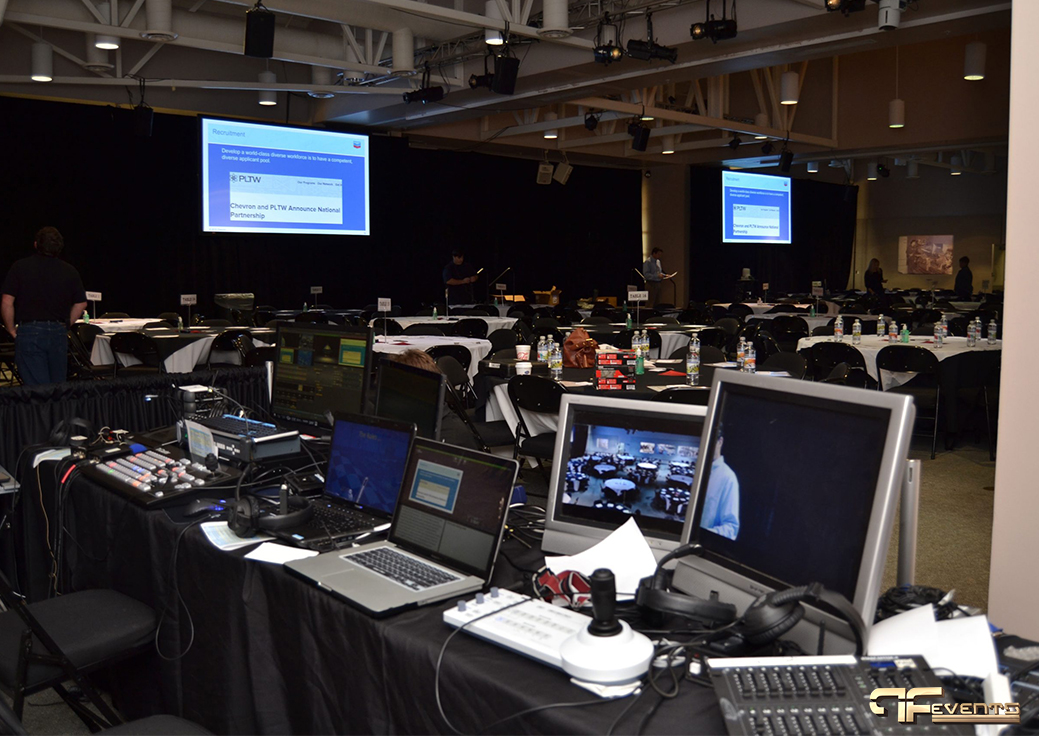
Whether it is a trade show, appreciation dinner, online lunch or party for corporate holidays, companies use corporate events for a variety of reasons. With the growing attention on staff engagement and networking, HR CEOs and managers have seen these invaluable events.
It is imperative to stay organized throughout the corporate event planning process to ensure an uninterrupted day of overall accurate configuration and execution of events.
Here’s how to stay coordinated and the best in the corporate event planning process at every step of the way.
1. Determine the list and budget of visitors
Creating a guest list for an event is the first essential step in any event planning process. While on the surface it may seem like a guest list is just about who the guest is, it serves purposes beyond that! Having a guest list set up for corporate events will keep you coordinated while helping to dictate how to proceed with many of the important decisions required throughout the planning process.
Importers It is important to know how many people will be on your corporate event guest list and how long you expect attendees to determine if the corporate event venue you want to choose can meet your needs. Some places are bigger / smaller than others. A guest list will help you narrow down your country choices.
2. Gather accurate contact information (email addresses!)
Email invitations are the typical invitation method for today’s corporate invitations. For this reason, make sure you have the correct email addresses for your contacts on your guest’s list so that the invitation can be received by the right person. Usually, emails are sent to general email addresses which may not reach the expected recipient.
3. Make important conversations
Who should you talk to about the corporate event to complete the event guest list? It is critical to have this important conversation with the right people at the beginning of the planning process about who needs an invitation. You do not want to create a guest list and feel that you have just finished learning later that you have missed some important people who need an invitation.
4. Consider choosing the venue
Did you already have a place in mind for the event? What is the capacity of the venue and is it within your budget? If you are located in a certain place, capacity and cost can help you determine the number of your guest list. If you are open to choosing a place, once you have the guest list and budget set, then you can start downsizing your venue choices based on your needs.
Keep in mind, a corporate event planner should also know their configuration and audiovisual needs. This also relates to the choice of venue and the vision of the event as your corporate venue should meet your needs for both the execution of the event and the experience of the guest.
5. Take Into Account Venue Location and Accessibility
It is critical to factor in the location and accessibility as it relates to the participants. When choosing a corporate venue, consider where guests will come from and consider providing the company with transportation as needed. When considering a guest list, a location or a venue that is more accessible may prove to be the best option.
If you are considering a place that is further away from attendees, remember to consider other travel needs and expenses. Things like direct flight options, local hotel accommodation and passport requirements should all play a role in the venue selection process.
6. Outline the purpose and vision of the event
What are the goals of the event? What message are you looking to give to those present? Delivering information and announcements, boosting employee morale and celebrating achievements are some possible goals that are appropriate for different event structures.
If your event team had corporate decorating ideas, talk to vendors to determine the costs associated with your corporate decorating ideas. You will want to identify and narrow down your furnishing options that best fit your budget, space, and vision.
7. Specific needs
In addition to understanding the needs of the guests, it is also important to define the specifications needed to execute the vision of the event. For example, if the event is going to be a dinner party with speakers and prizes, you may need to think about the right equipment and space that would be wanted to set up a stage in front of some banquet tables.
8. Create a Floorplan Plan
When planning for the configuration and event decor within the venue, it can often be difficult to imagine how the plans on paper will translate into the actual event directly. Even with everything planned in detail, things may not always look as they are personally imagined at the given time. With Past Events of the Future, easily design floor-to-ceiling corporate event floor plans to ensure the accuracy, efficiency, and ease of placement day.
9. Vendor collaboration
Getting vendors, such as caterers, photographers and rental companies, involved in an event can often mean more communication to coordinate and tedious back. If you are using Future’s Past Events to organize and design your event, collaborating with vendors throughout the planning process becomes much easier and more effective.

Comments are closed.